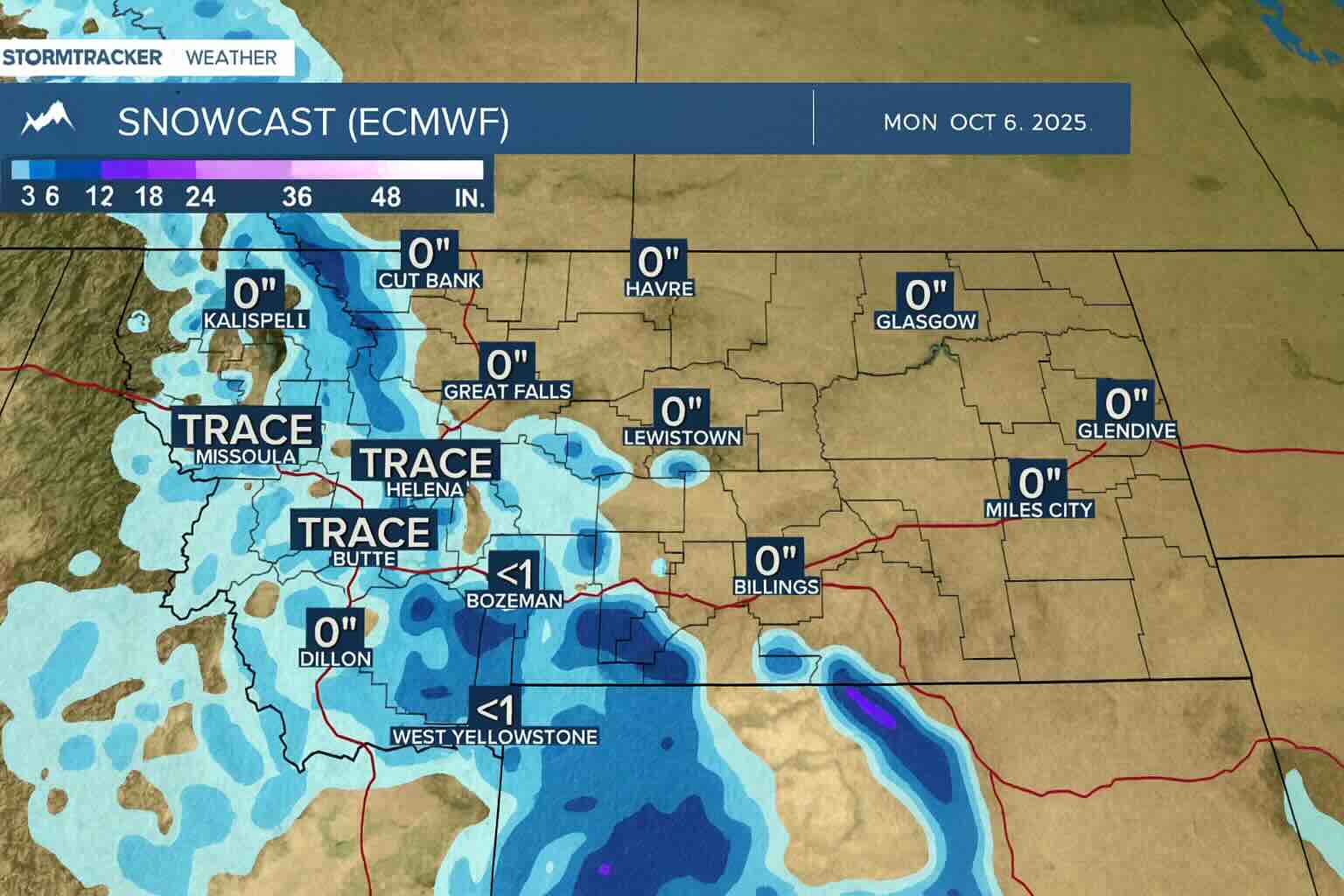Imagine stepping outside in the early morning, the air crisp and biting, a silver sheen of frost coating every leaf and rooftop. The world feels still, hushed, as though wrapped in a blanket of ice. You draw your scarf closer, watching your breath dance in the air, while the quiet beauty of winter reminds you of both its charm and its challenges.
That very scene is becoming reality across much of the United States this week. From Alaska’s snowy highways to the farmlands of New York and Vermont, winter is making its early entrance, and with it come the lessons—and rituals—of how to live well through the cold.
A Season With Deep Roots
For centuries, humans have marked the turn toward winter with a mix of caution and reverence. In northern Europe, families prepared their homes with extra firewood and salted foods, while in Alaska and Canada, communities relied on traditions of mutual aid to endure long, snow-filled nights.
The frost on fields has always been both warning and promise. It signaled the end of harvests and the beginning of stored reserves, while snow itself was once viewed as protective, covering crops and seeds until spring. Winter weather isn’t new; it has shaped how people build homes, preserve food, and create customs that foster warmth and togetherness.
Why These Advisories Matter Today
Fast forward to now, and the same forces are still at play—just with modern language. The National Weather Service (NWS) issues winter weather advisories not only to keep travelers safe but also to protect crops, pipes, and power lines that remain just as vulnerable as in centuries past.
This week, Alaska braces for several inches of snow across the White Mountains, while New York, Vermont, and New Hampshire are under freeze warnings that could threaten gardens and outdoor plumbing. Colorado, too, faces frosty nights in its valleys.
What once was word-of-mouth advice shared in villages has become nationwide alerts, streamed through phones and televisions. The purpose, however, remains timeless: protect your home, your health, and your community.
Everyday Benefits of Paying Attention
At first glance, advisories may feel like another headline, easily overlooked. But for those who listen, they become a tool for daily well-being. When my grandfather lived in rural Pennsylvania, he swore by the early freeze warnings. They told him when to cover the last of his tomatoes or drain the outdoor hoses.
I remember one autumn morning, frost glittered across his fields, and he smiled, saying, “Nature sends a message before it takes.” Those small adjustments saved crops, prevented costly damage, and kept daily life running smoothly.
For families today, being attentive to advisories means fewer surprises: no burst pipes in the morning, no spoiled gardens, fewer icy commutes. It’s a form of seasonal mindfulness—learning to move with the rhythms of nature instead of resisting them.
How to Prepare Your Home and Routine
Getting ready for winter weather doesn’t require panic, only intention. Here are a few simple steps to bring comfort and safety as temperatures dip:
-
Protect pipes and plants. Cover outdoor spigots, drain hoses, and bring potted plants indoors. If you garden, use cloths or frost blankets to shield late crops.
-
Ready your vehicle. Keep a snow brush, scraper, and small emergency kit in the car. A bag of sand or cat litter can help with traction on icy driveways.
-
Layer for warmth. Choose breathable, insulated layers for outdoor chores or commutes. Wool socks and gloves are small comforts with big rewards.
-
Check heating systems. Clean filters, test thermostats, and ensure fireplaces or stoves are ventilated. A cozy home begins with preparation.
-
Create a ritual. Light a candle in the evening, sip hot tea, or step outside to notice the stars against the cold night. These moments shift winter from burden to blessing.
Safety First
As inviting as snowy scenes may be, the risks are real. The NWS cautions that slippery roads could affect commutes, especially in Alaska and New England. Always allow extra travel time and carry blankets in the car.
For health, be mindful of those most sensitive to cold—children, older adults, and people with asthma. Frosty air can trigger breathing difficulties. Indoors, use caution with space heaters and avoid open flames without supervision.
And remember: even beauty has its boundaries. Admire the frost, but don’t forget that ice can break branches, snap power lines, and make sidewalks treacherous. Respect for nature is the foundation of safety.
A Pause for Reflection
Winter reminds us to slow down. Unlike summer, which invites endless activity, frost and snow encourage rest, preparation, and closeness. The first advisory of the season is less a warning and more an invitation: notice the shift, respect it, and adapt with grace.
Lighting a fire, sharing a warm meal, or simply stepping outside to watch snow fall can transform a season often dreaded into one deeply cherished. In that way, the advisories are not only practical—they are poetic. They mark the turning of time.
As winter advisories ripple across Alaska, New England, and Colorado, it’s worth asking: how do you prepare for the cold months? Do you cover your plants, seal your windows, or stock your pantry? Or do you embrace small rituals like baking bread or lighting candles to make the season feel gentle instead of harsh?
Have you experienced the quiet beauty—and the challenges—of the first frost this year? Share your own traditions and tips below. Let’s rediscover together how ancient wisdom and modern alerts can help us thrive through winter, not just survive it.
